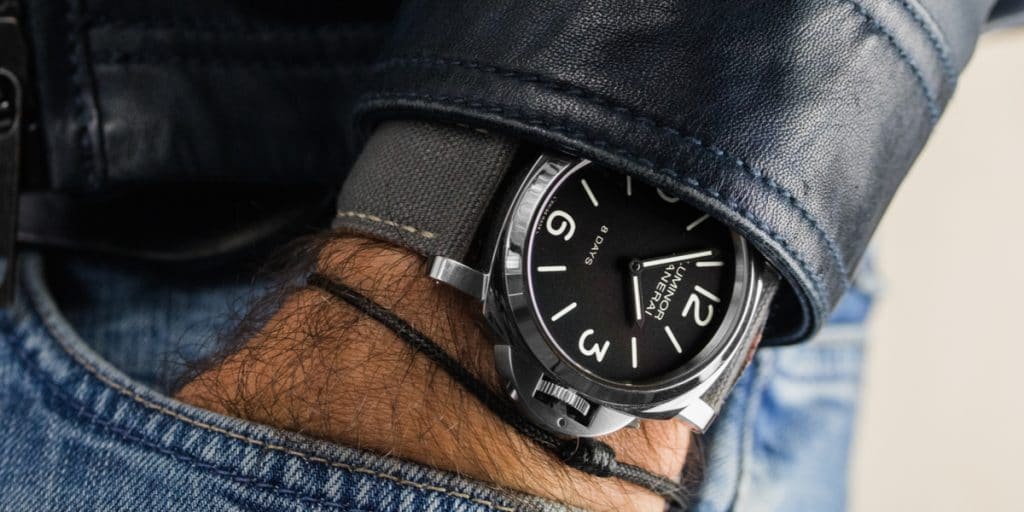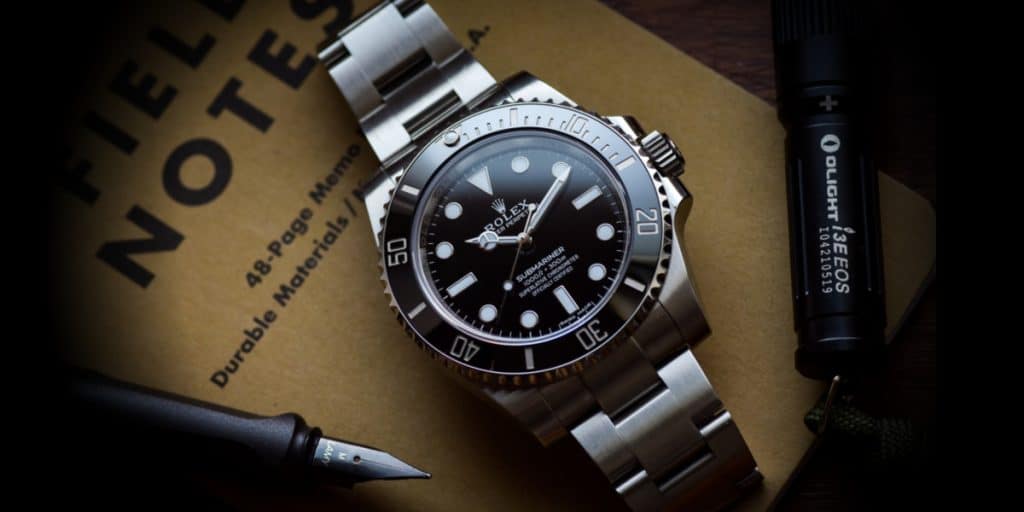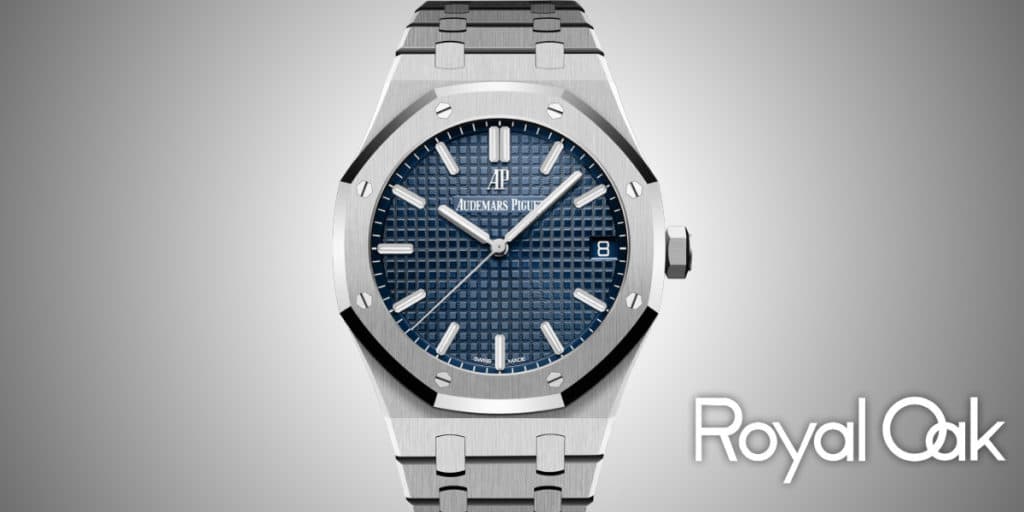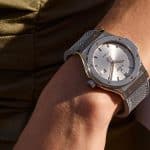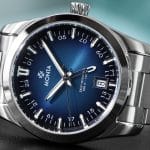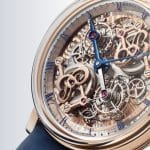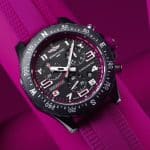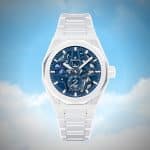Case
Case Size
Watch cases are measured in millimeters and that measurement is the diameter of the case. Most case sizes for men range between 36mm-46mm and for women it is 26mm-39mm.
Thickness
The thickness of a watch measures its height. Depending on how many complications a watch has, the thicker or slimmer it will become.
Lug To Lug
A lug is the part of the case that connects the watch to it’s band/strap. There are typically 4 lugs to a watch. This measurement is taken to find the distance between the lugs on opposite ends of the watch case.
Crown
Watches with crowns that screw down increase it’s water resistance rating compared to simpler push in crowns. Screw down crowns are usually found in automatic sport watches and push in crowns are often used in slimmer dress watches.
Water Resistance
Water resistance measures the tolerance a watch has to resist water at rated depths. Dive watches have the highest water resistance ratings while dress watches usually have little to none. Notice how the industry uses “resistance” instead of “proof. Watches wear down over time if not properly maintained, which is the key reason why “resistance” is commonly used.
Bezel
A bezel provides specific complications of a watch and come in many different materials. A great example is the Rolex GMT Master II. It has a ceramic bezel that is bi-directional with a GMT function.
Materials
There are many materials used to make watches. The most common materials used in watch manufacturing is stainless steel, ceramic, gold, titanium, and platinum.
Finish
Case finishing is nothing more than the decoration of the materials used and is essential to the design and aesthetics of a watch.
Movement
Movement
There are 3 common types of movements used to power watches. Those are automatic, manual, and quartz movements. Automatic movements are mechanical and use the kinetic energy of your wrist to automatically power the watch. Manual movements are mechanical and rely on the user to wind the watch periodically to maintain power. Quartz movements operate on battery power to keep the watch functional.
Calibre
A calibre is the name of a specific movement, distinguishing itself from the rest. An example of this is the Rolex 3230 and 3235 automatic movements. The calibre is the named movement, in this example it’s the 3230 or 3235. Naming calibres is important because in this example, these are noticeably new movements become they have been changed from the previous generation and signify the use of different complications.
Accuracy
How well a watch keeps accurate time is considered its accuracy. Accuracy on watches can be measured and there are standards that need to be met to achieve high levels of certifications. COSC certification is the highest level of accuracy standards.
Power Reserve
Watch movement, either mechanical or battery operated, have a power reserve. This means that eventually the watch will run out of power and stop working. Mechanical movements such as automatic and manual ones often have a power reserve between 40 to 70 hours. Modern watchmaking has just begun to push this spec it its limits. Battery operated movements can go 3-5 years before needed a replaced.
Complications
Some watches tell more than just the time. Some tell the date, some measure time, and some can even tell you how fast you are going. Any additional feature to the watch outside of telling the local time is considered a complication.
Frequency
Frequency is the rate of which the watch ticks. Most mechanical movements operate at 28,800 vibrations per hour.
Jewels
The number of jewels used in a movement is often presented in a watches specification sheet. Although today it’s not a selling feature today, there was a time when the number of jewels in a watch was a signal of it’s quality.
Dial
Hands
The hands of a watch are what we use to tell the time in one or multiple timezones. Hands are usually recognized as the hour, minute, second, and GMT hand. Luminescent material is often a feature of watch hands to help with reading the time in darker environments.
Indices
Indices are the hour markers used on the dial to help the wearer quickly tell the time. Often luminescent material fills indices to allow for use in low light conditions.
Sub Dials
Sub dials are internal dials on a watch that are there to display a specific complication. Chronographs are a great example or a second time zone.
Color
Watch dials come in a variety of different colors and finishes. It’s often the color of a dial is what calls buyers to a certain watch.
Pattern / Finish
The finishing of a watch dial is very important and can really elevate the overall appeal of a watch. Examples of patterns/finishes of dials are sunburst, matte, gloss, etched, and layered.
Bracelet / Strap
Material
What makes a watch comfortable is what keeps it on your wrist and there are many options to choose from. The most common form of materials for watch bracelets / straps are leather, silicone, stainless steel, gold, titanium, and platinum.
Clasp
The clasp of a watch is what secures it on the wrist. Two common clasp types are called a tang or buckle. Buckles are usually the clasp of choice because they can be fitted with features like auto adjustment capabilities.
Pattern
Interlinking links on a bracelet can be done in many ways. How brands decide to pattern their links on their bracelets is really where beauty and function meet. A brand wants to produce something appealing to the eye but also needs to make it comfortable and secure.

